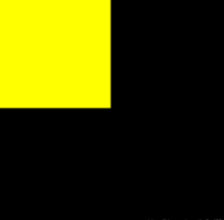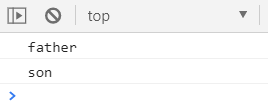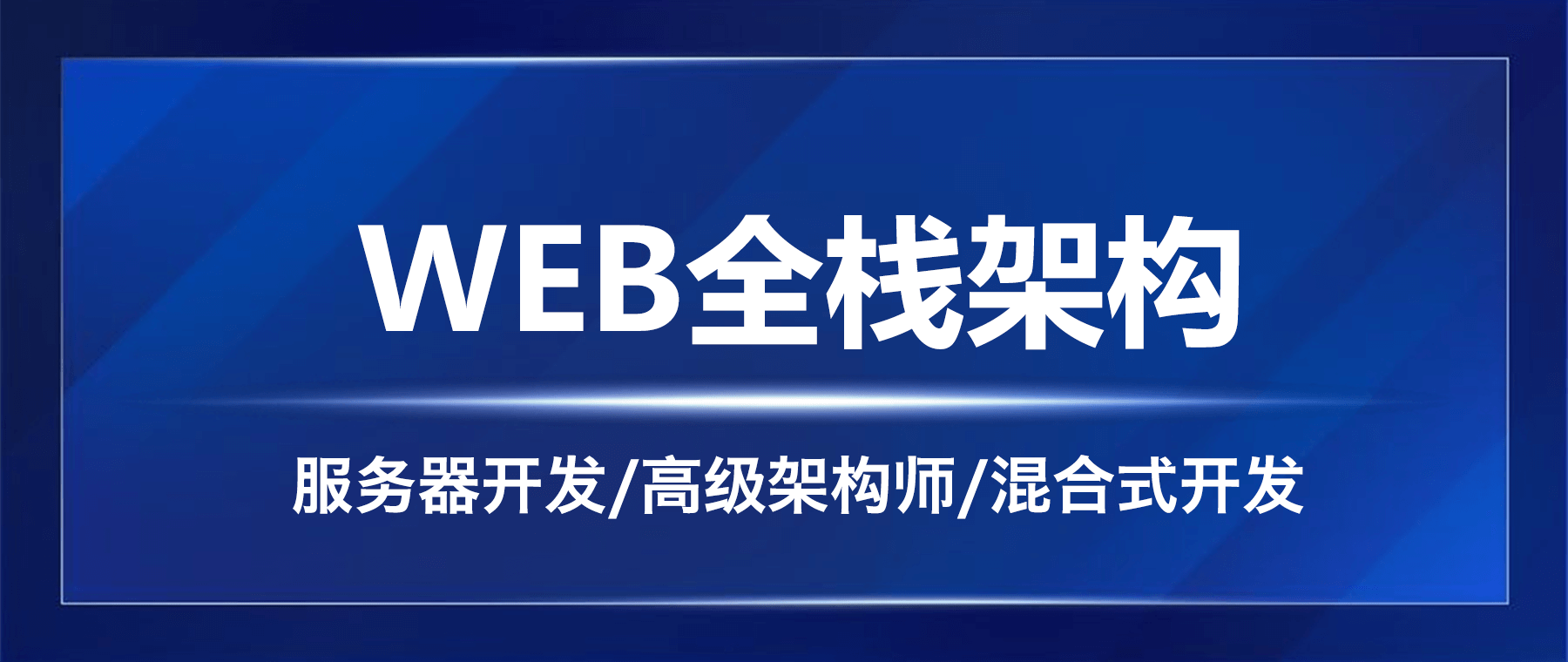结构
<style>
.father {
width: 500px;
height: 500px;
background: black;
}
.son {
width: 250px;
height: 250px;
background: yellow;
}
</style>
<body>
<div class="father">
<div class="son"></div>
</div>
</body>

事件冒泡
<script>
let father = document.querySelector('.father')
let son = document.querySelector('.son')
father.addEventListener('click',()=>{
console.log('father');
})
son.addEventListener('click',(e)=>{
console.log('son');
})
</script>
父盒子和子盒子是嵌套关系 当点击子盒子和父盒子共同的部分时,就会产生一种现象 叫作事件冒泡,分别给父子盒子注册事件后 打印输出结果

发现点击子盒子时 父盒子的事件也触发了,为什么叫冒泡呢 因为子盒子在父盒子里面 是从里向外 冒出来的,所以称为冒泡。
阻止冒泡
通过事件参数e.stopPropagation方法达到阻止冒泡的效果
son.addEventListener('click',(e)=>{
e.stopPropagation()
console.log('son');
})
如果是vue
<button @click.stop="hClick"></button>
二、事件捕获
事件捕获 只能通过addEventListener 的第三个参数去实现,如果不写则为false,如果为ture则是开启了事件捕获, 通过下面的代码继续点击相同的部分。
let father = document.querySelector('.father')
let son = document.querySelector('.son')
father.addEventListener('click',()=>{
console.log('father');
},true)
son.addEventListener('click',(e)=>{
console.log('son');
})

捕获正好和冒泡相反,是从外向里传递事件,注意onclick并不能达到事件捕获的效果 ,只有addEventListener 的第三个参数手动去实现。
三、事件委托
事件委托本质上发生在事件中,委托事情交给被人去做,达到自己做的一个目的,如果一个元素是动态创建的且要给该元素注册事件,那么必须使用委托,给ul注册点击事件 e.target拿到的是 每个li
<body>
<ul>
<li>第1个li</li>
<li>第2个li</li>
<li>第3个li</li>
<li>第4个li</li>
</ul>
<script>
// 事件捕获
let ul = document.querySelector('ul');
ul.addEventListener('click', function (e) {
console.log(e.target.innerText);
})
</script>
</body>


